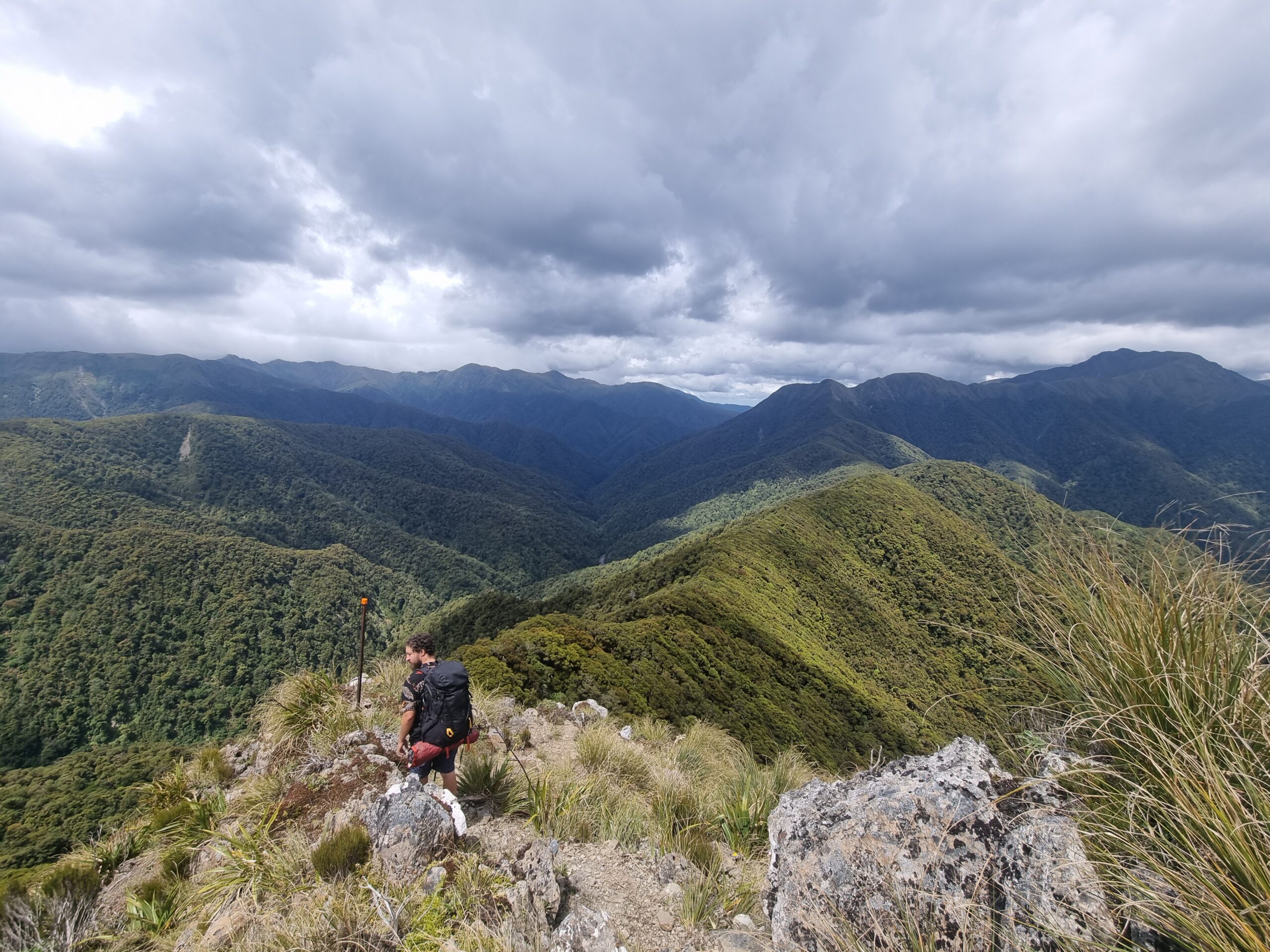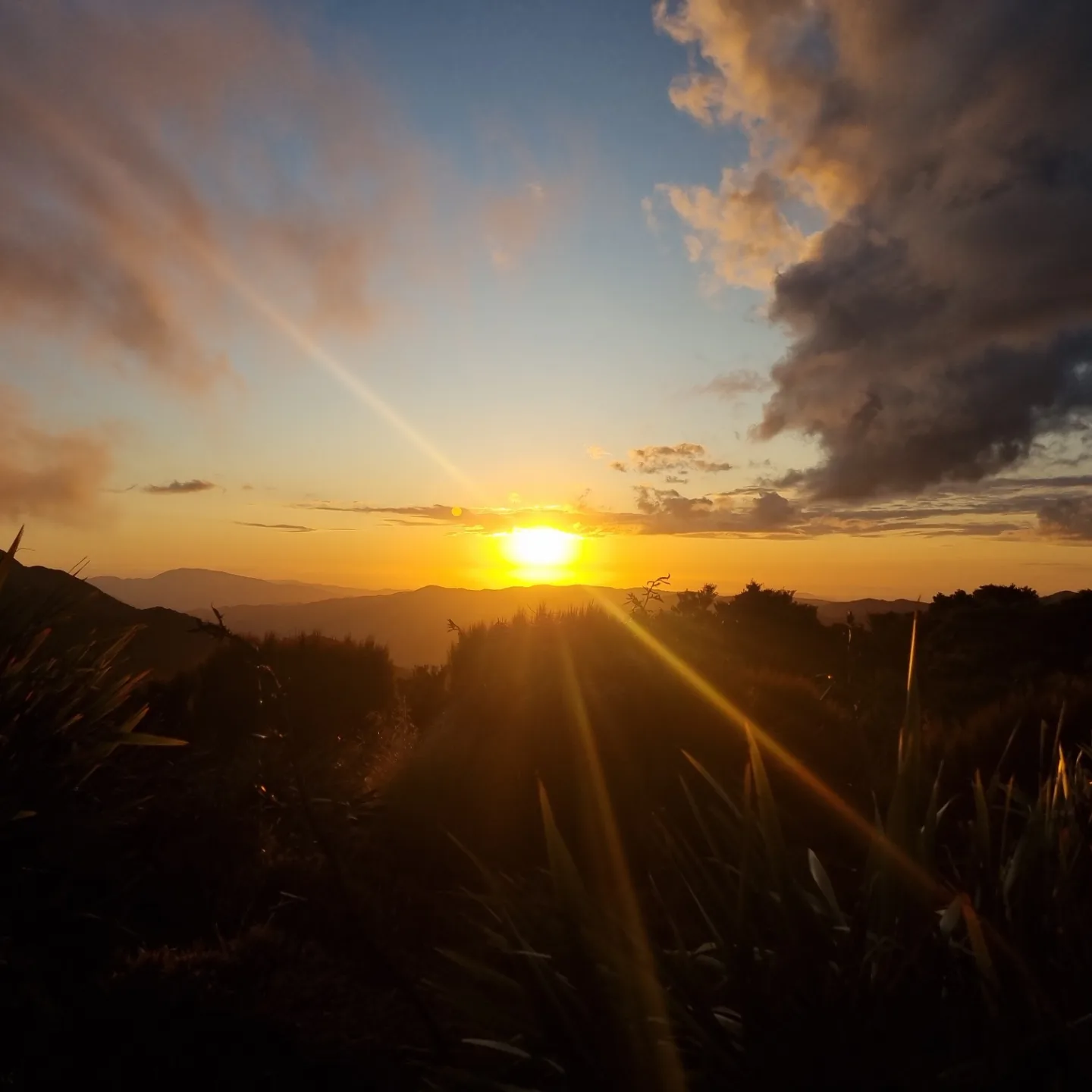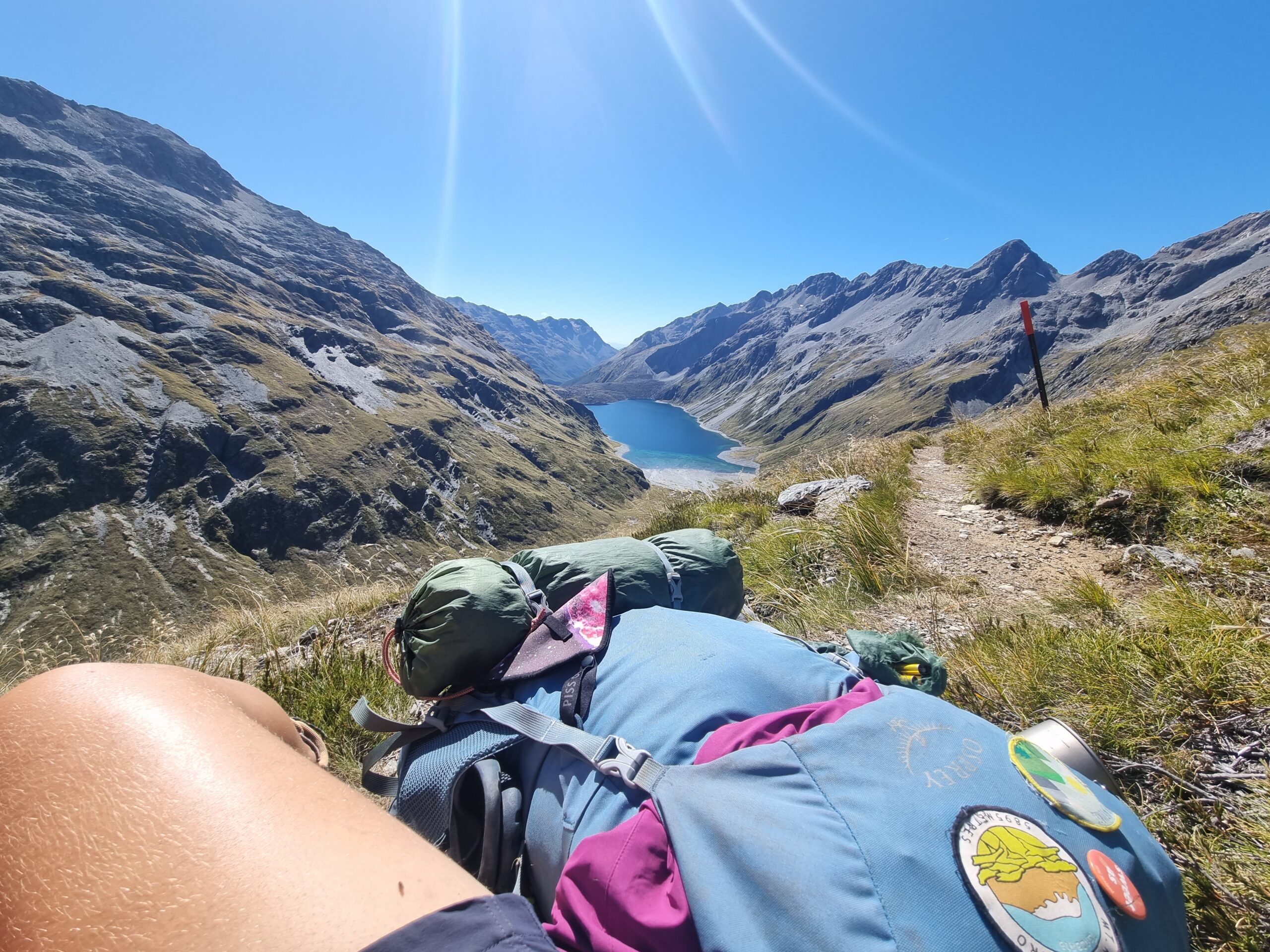
Hiking Te Araroa: Frequently Asked Questions
Embarking on a hike like Te Araroa will ultimately bring with it many questions. Friends and family have no idea what it is. Fellow hikers curious to take it on themselves. Then there’s everyone else who desperately wants to know what you eat and how you go to the bathroom.
I’ve put together a list of the 10 most frequently asked questions about Te Araroa that I’ve had before, during, and after the trail.
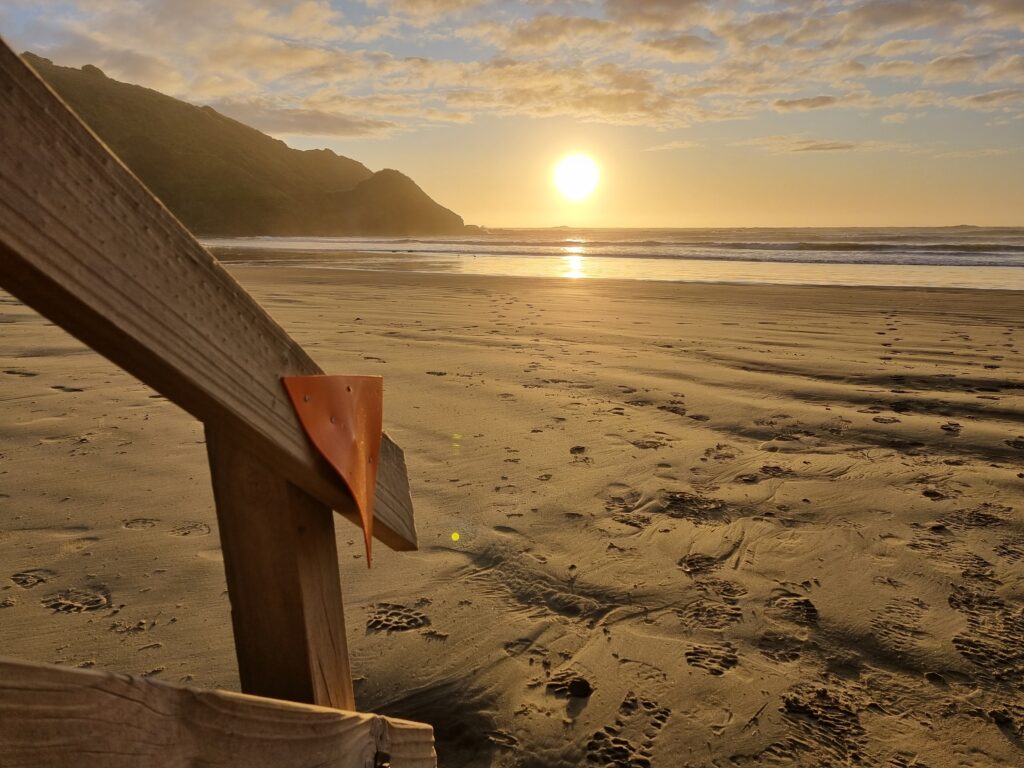
1 – Why choose Te Araroa?
A question that I could write a blog post all on its own to answer. But in short?
New Zealand is a phenomenal country, world-renowned for being the hub of adventure and the outdoors. Spanning the the full length of this awesome country, Te Araroa gives a taste of everything New Zealand has to offer. And damn, it’s a lot.
Walking Te Araroa, you’ll start with enduring long stretches of beach sands on 90 Mile Beach, wade into thigh-deep mud in the Puketi Forest, and time estuary crossings on rocky coastlines north of Auckland. You’ll canoe the wilderness of the Whanganui River, climb tussock-covered ridges in the Tararuas and explore the capital city of Wellington.
In the South Island, the trail is mainly inland and full of wilderness and nature opportunities. Hide your gear from cheeky wekas while taking in the beauty of the Marlborough Sounds. Test your vertigo with sketchy scrambles in the Richmond Ranges. Be jaw-dropped in overlooking emerald blue lakes in Waiau Pass. Shake up your nerves with braided rivers as you approach Queenstown.
The trail is more varied than any other in the world. And to top it off, New Zealand is a fairly safe country, with nothing poisonous or treacherous to bite you in your tent. What a bonus.
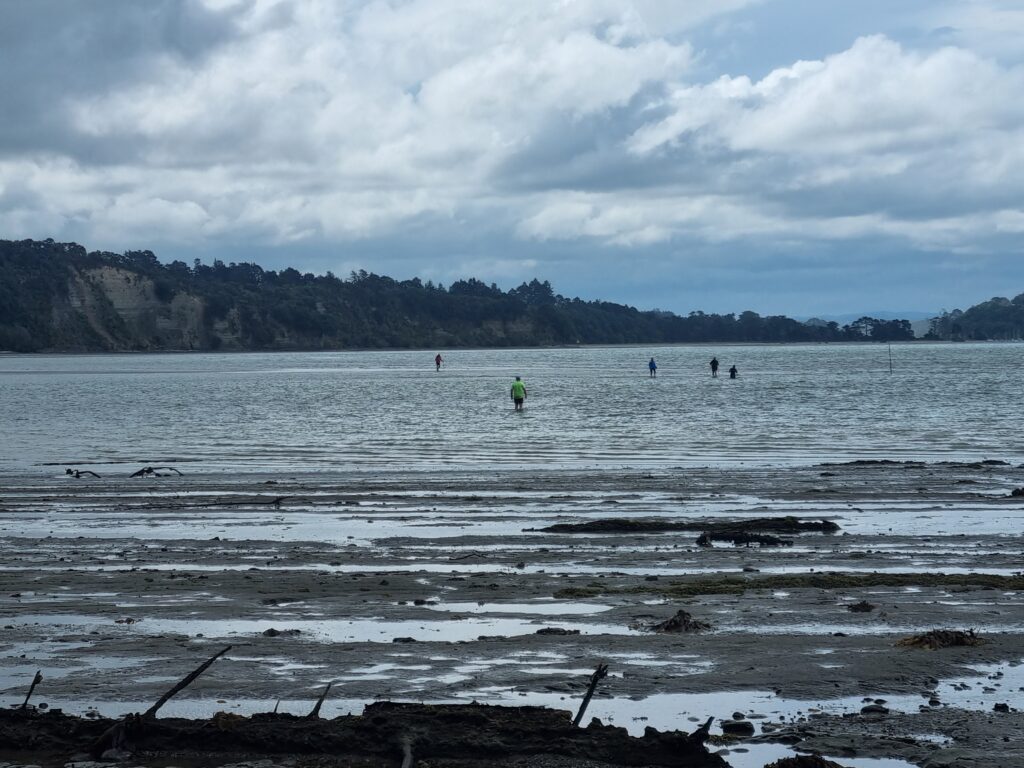
2 – How did you train for Te Araroa?
I’ll be honest: I did not do much. Earlier in the year, I was training for Kilimanjaro, so I had acquired a decent enough level of fitness. In the month or two before I left for New Zealand, I spent most of my time sorting logistics and gear and binging on Haribo and wine while enjoying time with family and friends.
Because Te Araroa takes 4-6 months on average, you will gain fitness on the go. The North Island felt like a training ground for the South Island. When you’re in the North, you can stop in towns and villages on a regular basis and have more opportunities to break up the days. Keep this in mind for two reasons: First, don’t worry if you don’t feel overly fit. It will build, trust me. Take your time and let your body sink into trail life. Secondly, if you push yourself too hard and fast before you’re ready, you may end up with an injury or overly exhausting yourself before the wilderness of the South has even begun.
Read more: My top expedition training tips
3 – How much does it cost?
Answer: A lot more than you think.
I aimed for around £4,000 / NZD$8,000. And went drastically over budget. I would suggest at least £6,000 / NZD$12,000.
Like many places in the world, costs have risen after covid. My biggest expenditures were food and accommodation.
There are fewer accommodation options in some places and more hikers on the trail than ever. In some circumstances, you may not be able to find budget accommodation at the price you want. And in terms of food, back in Scotland while I was planning, I assumed I would be fine living on noodles even when I’m resting in town. Boy, was I wrong. My body craved fresh food, vegetables, protein – anything that wasn’t ramen or dried mashed potatoes. Keep this in mind. Ultimately, listening to your body and its needs forms part of your success on a trail like this.
Of course, some people manage long-distance trails on a tight budget. It depends on your comfort levels and is something you will figure out as you do more of these types of trails.
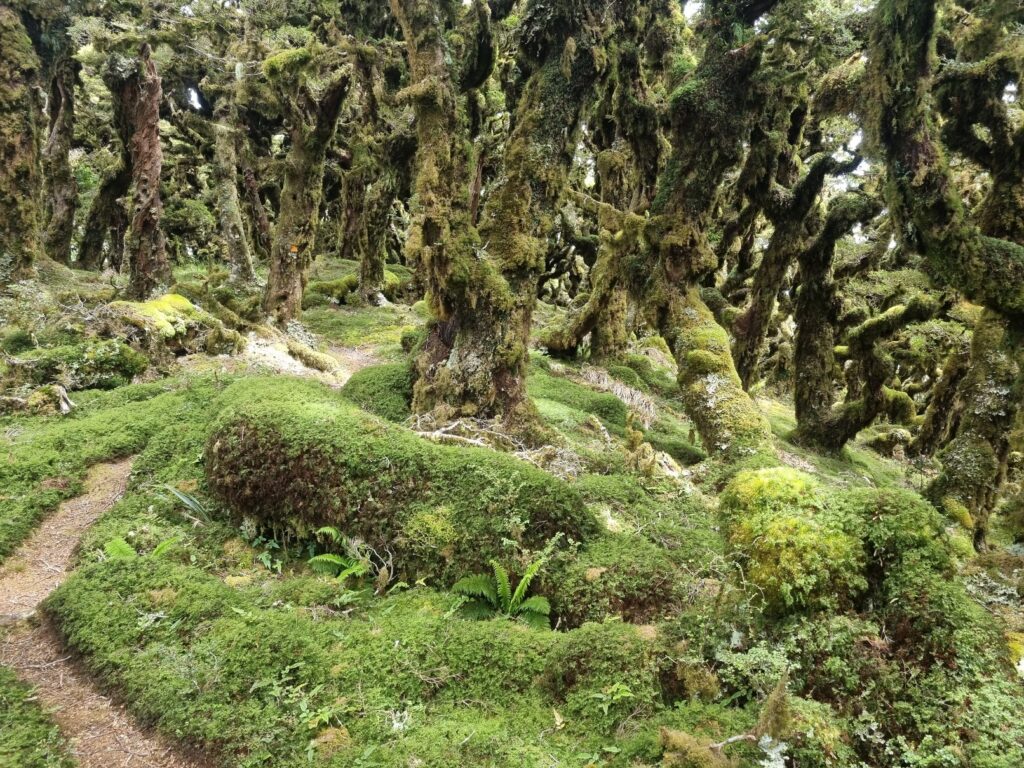
4 – How long will it take?
This is entirely dependent on the type of hiker you are. Rough guidelines are 4-6 months. Some people do it faster; some people take longer. Ultralight fast-packers who are seasoned thru-hikers will take less time than newbies who take side trips, more rest days and carry more weight.
I took 6.5 months. I am a slower hiker and prefer to take time to enjoy the views and rest when I need to. I also enjoy resting in towns between large sections.
5 – What does your pack weigh?
As a new thru-hiker, this question was both stressful and hilarious. Prior to hiking Te Araroa, I was obsessed with getting my pack as light as possible. In the end, I got it down to 11.8 before leaving the UK.
While on the trail, I struggled starting off. After slipping and sliding around Puketi Forest, I was angry that every time I slipped over in the mud, I had to get myself and a heavy-ass backpack up again. After that, I got rid of a kilo of gear, taking my final base weight to 10.8.
Once I hit the South Island, wintery weather was starting to set in and the temperatures plummeted. So my weight went back up again, as I picked up a hat, gloves and thermals. I didn’t actually weight my pack to see the difference though. And to be honest, I didn’t feel much of a difference either. By that point, I had been walking for 4 months. My fitness was at an all-time high and my body was well adapted to carrying weight in a pack.
Some people manage to get their base weight down to 6-7kg which is amazing. The lighter your pack, the more comfortable your walking will be. Lots of personal factors come into this, though. Lightweight gear tends to be more expensive, so budget is a big influencer. Some hikers love to take lots of camera equipment or the odd luxury item with them, while others are happy having one set of clothes for sleep/hike/rest and don’t even take a cooker.
Base weight = weight before food, water or gas
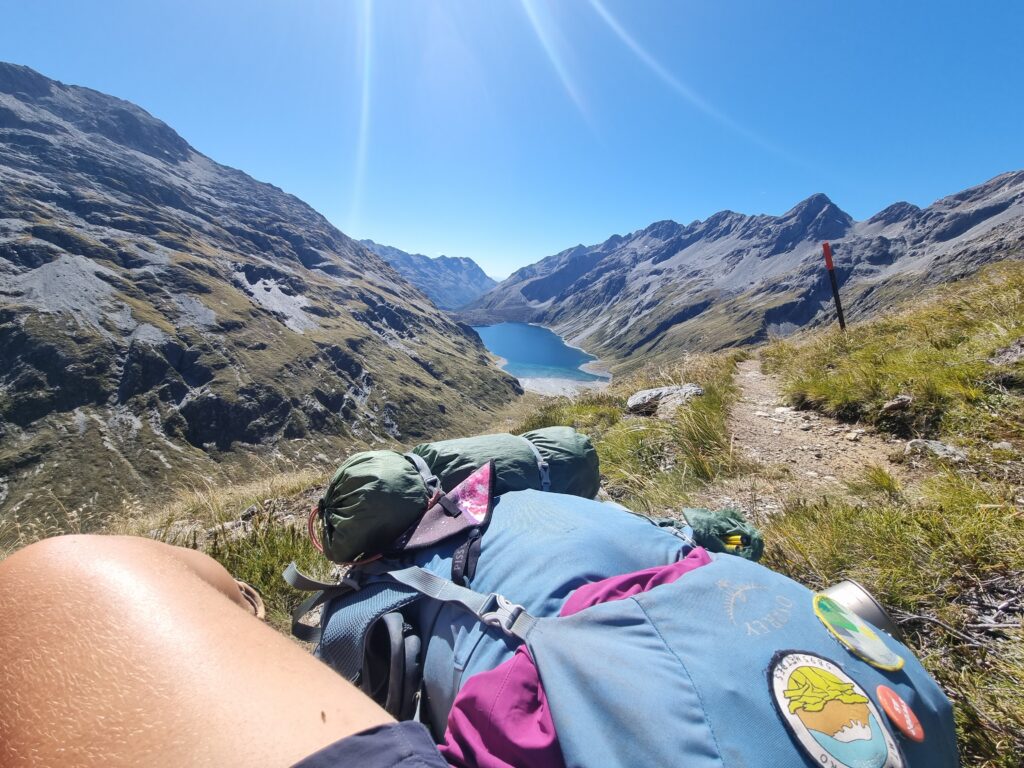
6 – Do you meet lots of people on Te Araroa or are you always alone?
I’ve met SO many people on Te Araroa! And the trail is getting busier every year.
But, there’s always the opportunity for plenty of alone time. Even when I was hiking with my partner (who I met on trail!) and our two friends for a long time, we would start the day together and then end up walking individually throughout the day, before reconvening at the hut or campsite.
It was a lovely mix of socialising and meeting people and having lots of time to myself. Which was important for me and was why I started on the trail alone in the first place.
7 – What food are you eating?
I’m in love with ramen bombs.
What’s a ramen bomb you say? It’s ramen, mixed with dried mashed potato flakes. And I serve it on a wrap. Because triple carbs are the way to go.
The best flavour ramen was mi goreng (specifically from the brand Indomie). The potato flakes effectively made the sauce super thick. And the wrap was simply to fill my hiker hunger belly!
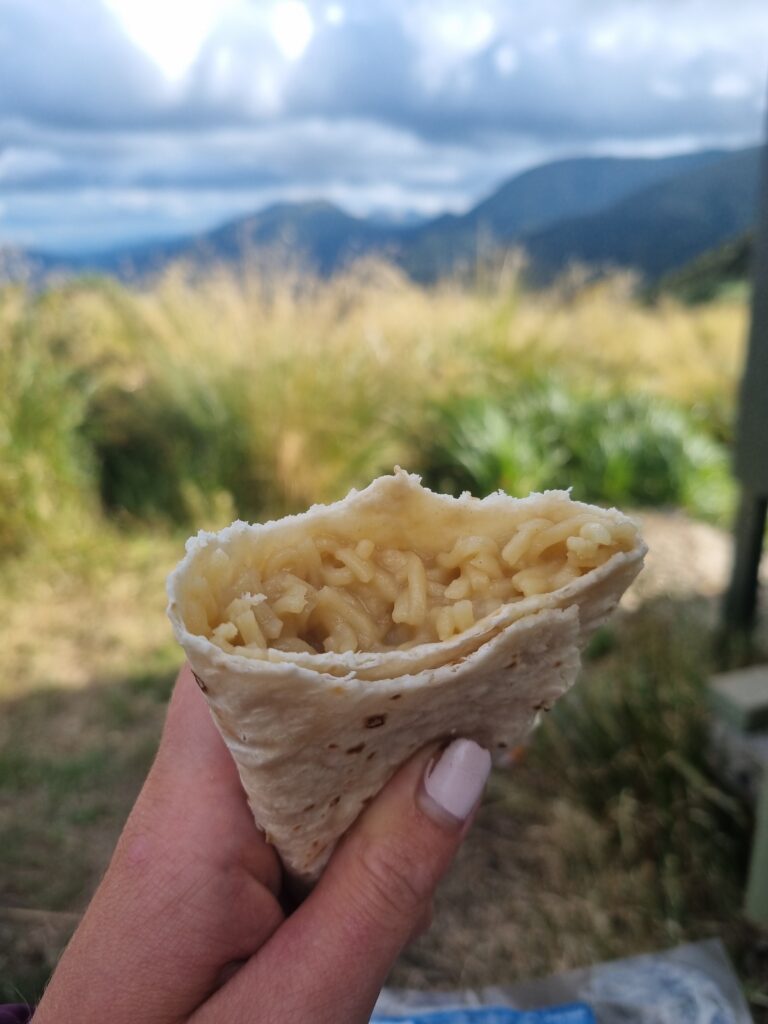
8 – Aren’t you scared doing it on your own?
Quite simply: no.
Don’t get me wrong, I have moments of worry when I’m camping or walking alone. Most often when hitchhiking.
But the trail is busy and full of wonderful people. I felt comfortable around fellow hikers and figured I’m more likely to be in a troublesome situation if I’m in a city than in the bush.
I’ve camped and hiked plenty of times in Scotland by myself and have learned to trust my judgement and abilities. I carried my emergency locator beacon which was comforting, both on the trail and when I was hitchhiking.
And finally…”Just…why?”
The question that always made me laugh. Why?
Because New Zealand is an incredible country that I wanted to explore.
Because I wanted to challenge myself in so many ways.
Because living out of a backpack for 6 months teaches a person about how little they need to live.
Because the simple life on trail is meditative and peaceful. And a little addictive.
Because I wanted to feel the total freedom of having no specific end date, no employment to rush back to.
Just pure adventure.
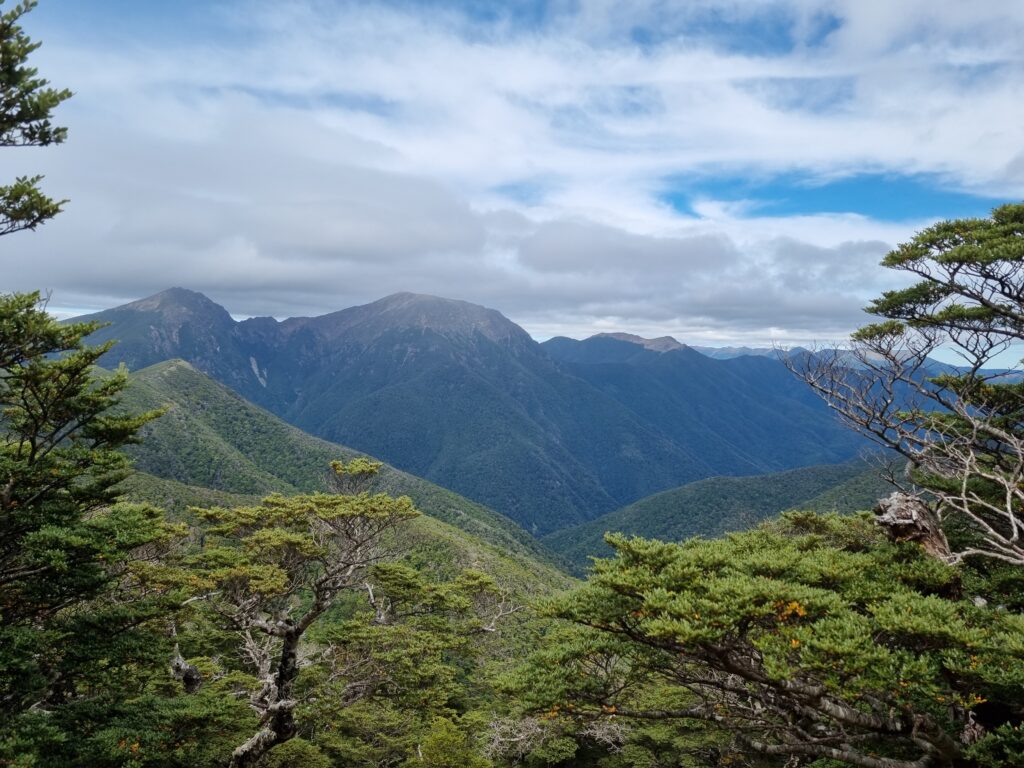
I really hope this post has answered any questions you might have about walking Te Araroa and maybe excited you about walking the trail yourself.
More questions? Have a look at my diaries on Instagram or drop me a comment below.
Want to support my work? Buy me a coffee or sign up for my newsletter <3
